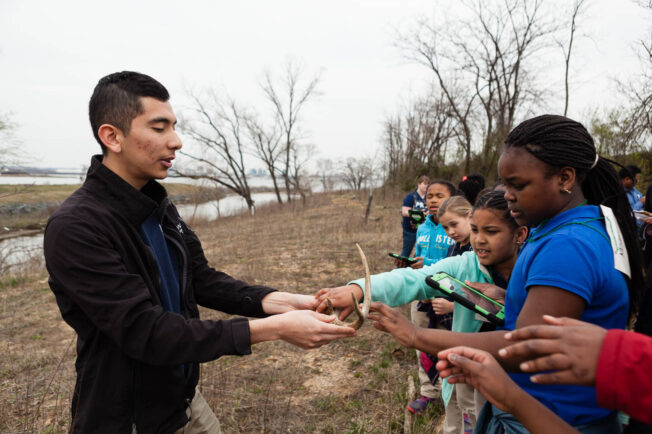Help Protect the Bay
Our everyday actions—from fertilizing our lawns to driving our cars—have a major impact on the Bay. But by making simple changes in our lives, each one of us can take part in restoring the Bay and its rivers for future generations.
Support Work From Home Days
Workers can cut back on in-office energy use and emissions by working from home.

Swap Products With Co-workers
Cut back on consumption and waste by giving away household items to co-workers.

Plant a Butterfly Garden
Planting a butterfly garden is a great way to attract and support wildlife while adding green spaces to a yard.
Learn more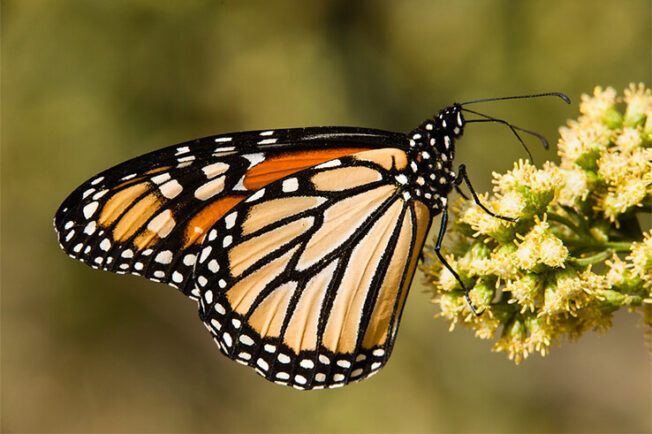
Water Your Lawn in the Morning
Water your lawn and garden in the early morning or early evening to reduce evaporation and save water.
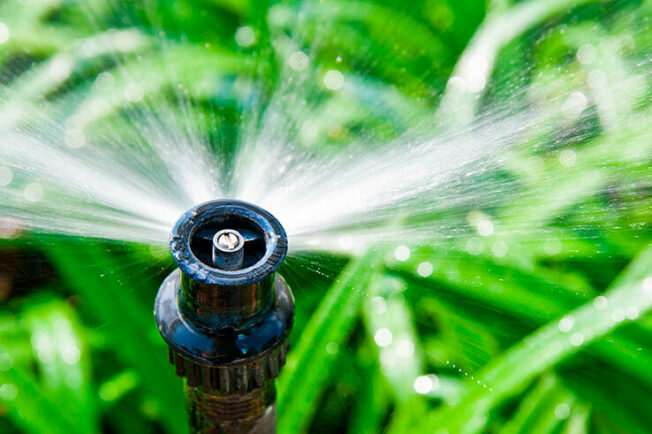
Delete Old Emails and Files
Digital files are stored in data centers which require a lot of energy to power and are often built over forests. Reduce reliance on data centers by deleting emails and unused files from your computer and website.

Volunteer With Co-workers
Find an environmental organization near you and invite your co-workers to a volunteer opportunity.
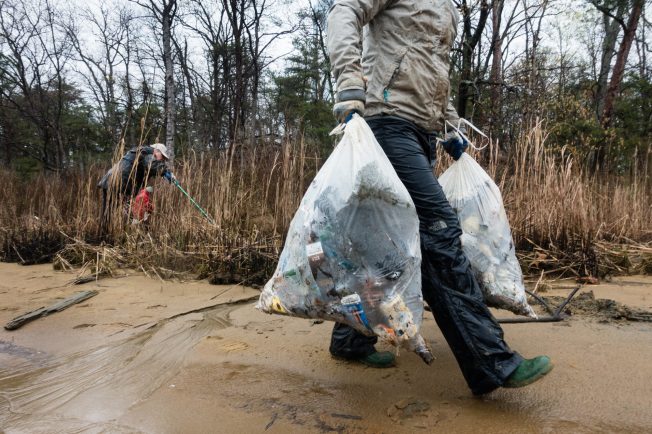
Take a Field Trip
Get out of the classroom and into the Chesapeake region with a fun and engaging field trips to farms, museums, environmental centers and more.
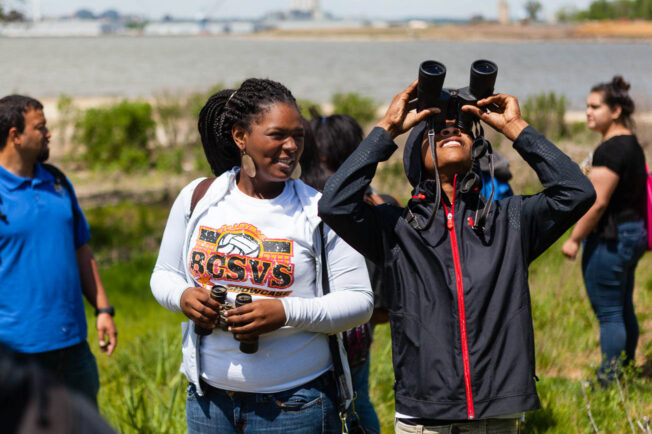
Use Natural Herbicides
Instead of chemical weed killers, try dousing weeds with boiling water, table salt or vinegar, or pulling them out and digging up the roots.
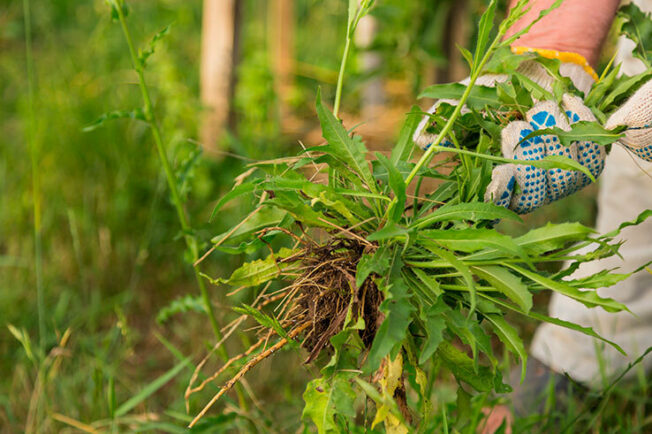
Go Green During Work Events
Encourage the use of reusable dishes, cups and silverware during work events. Bring in a compost bin for food scraps and drop them off at a composting site.

Encourage Co-workers to Recycle
Help co-workers recycle more by providing more recycling bins and giving information about what is and isn’t recyclable.
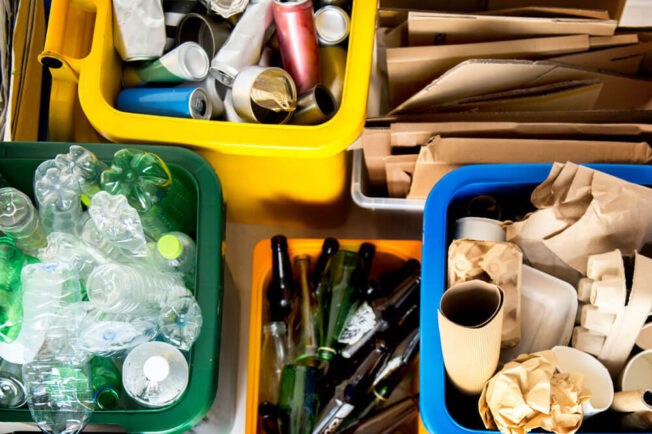
Reuse Egg Shells
Don't throw egg shells in the trash—use them in garden as fertilizer, pest control or mulch.
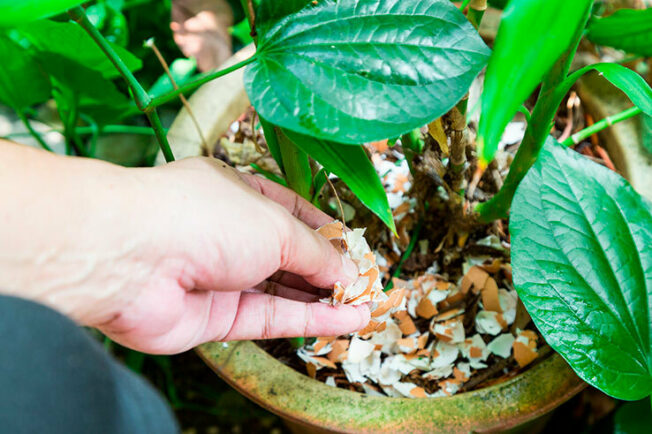
Foster Environmental Literacy
Teach students about issues such as climate change, forests and blue crabs to engage them with what’s happening in the environment where they live. Bay Backpack is a site designed to help teachers create environmental lessons for students and contains hundreds of resources on a variety of topics.
